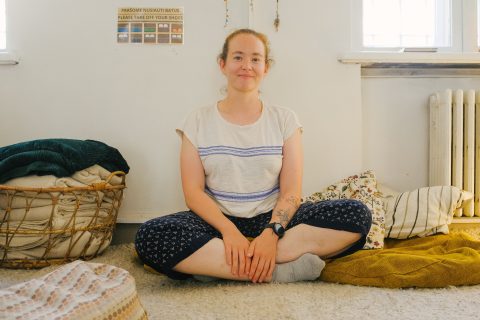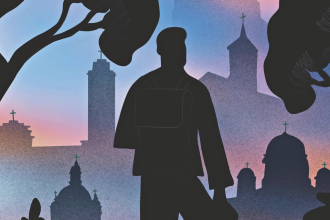When asked what first comes to mind when he hears the word ‘road’, tattoo artist Rokas Jakubauskas laughs and answers, “Seatbelt. And I’m serious – seatbelt.” Although Rokas is a professional tattoo artist, he has another passion in life: rallycross. Sitting in the Red Hill Tattoo Studio, located midway up Parodos Hill, we talk with Rokas about what makes this sport special, the different categories, achievements, and trying to keep up with everything in life.
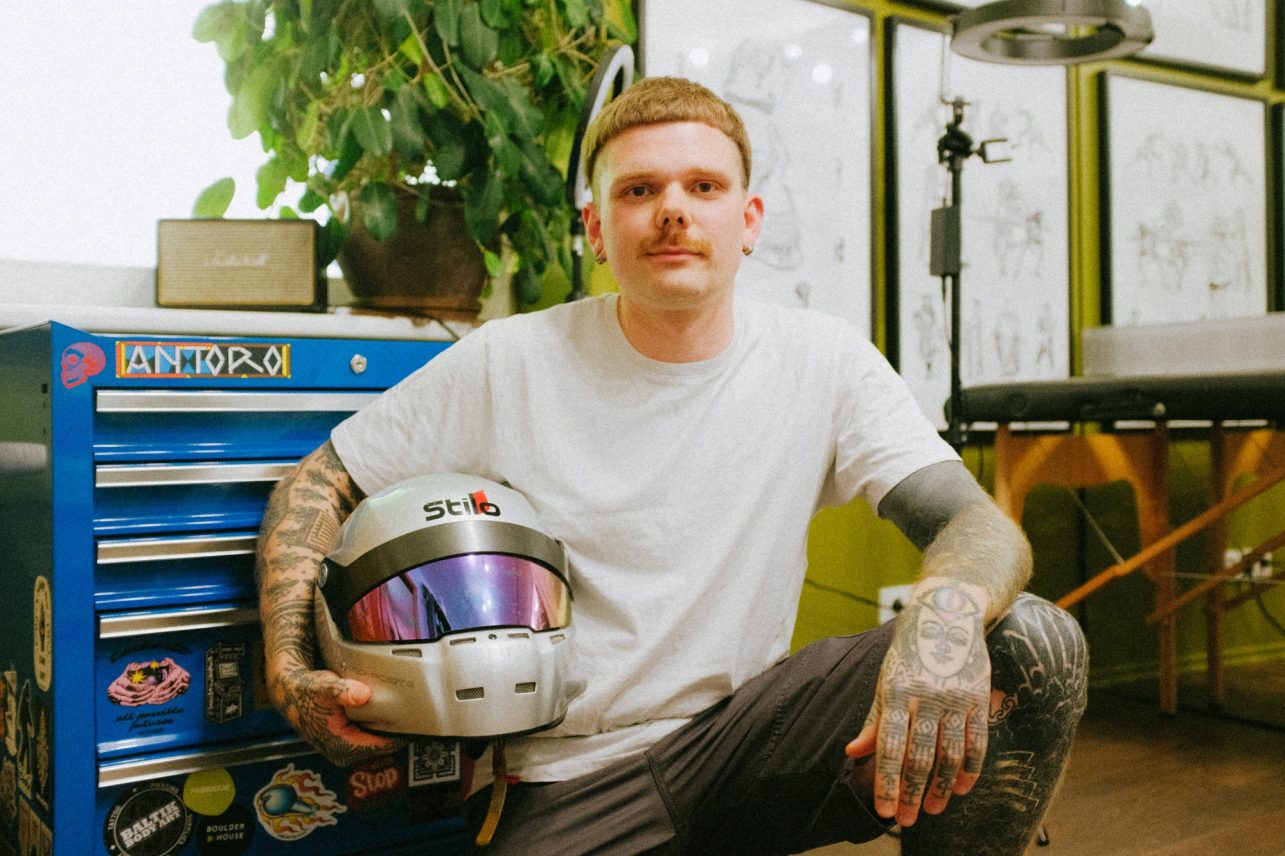
Rokas, how did you get into this sport? How many years have you been involved in it?
My dad was involved in it back in his day. I started driving professionally when I was 13, and I’ve been in this sport for about 17 years. My dad got me into it; the garage was my after-school activity. I didn’t play basketball or soccer, and couldn’t swim, but by the age of 13, I could rebuild an engine. Later, when I started driving myself, my dad and I would swap engines between cars. He would drive the more powerful one, return from a race, and I would go to the garage after school, change the engine, and drive myself the next weekend.
Did you ever feel the desire to do something different, unlike your father?
When you spend your entire adolescence in a garage, you realize that maybe you don’t really want to stay there forever. Since my dad’s brother was a painter, you could say that I adopted the study program from another family member and chose to study painting. At the end of my first year, I started tattooing. It soon became apparent that this could be my life’s path, so in a way, I am doing things differently from my father.
What was your first rallycross car?
The model is always the same, only the body is renewed. I started driving with an Opel Corsa, with a really small 1.4-liter engine. Later, we put a more powerful one in the same body: a 2.0-liter engine. My first competition was in 2013, if I’m not mistaken, in Šakiai.
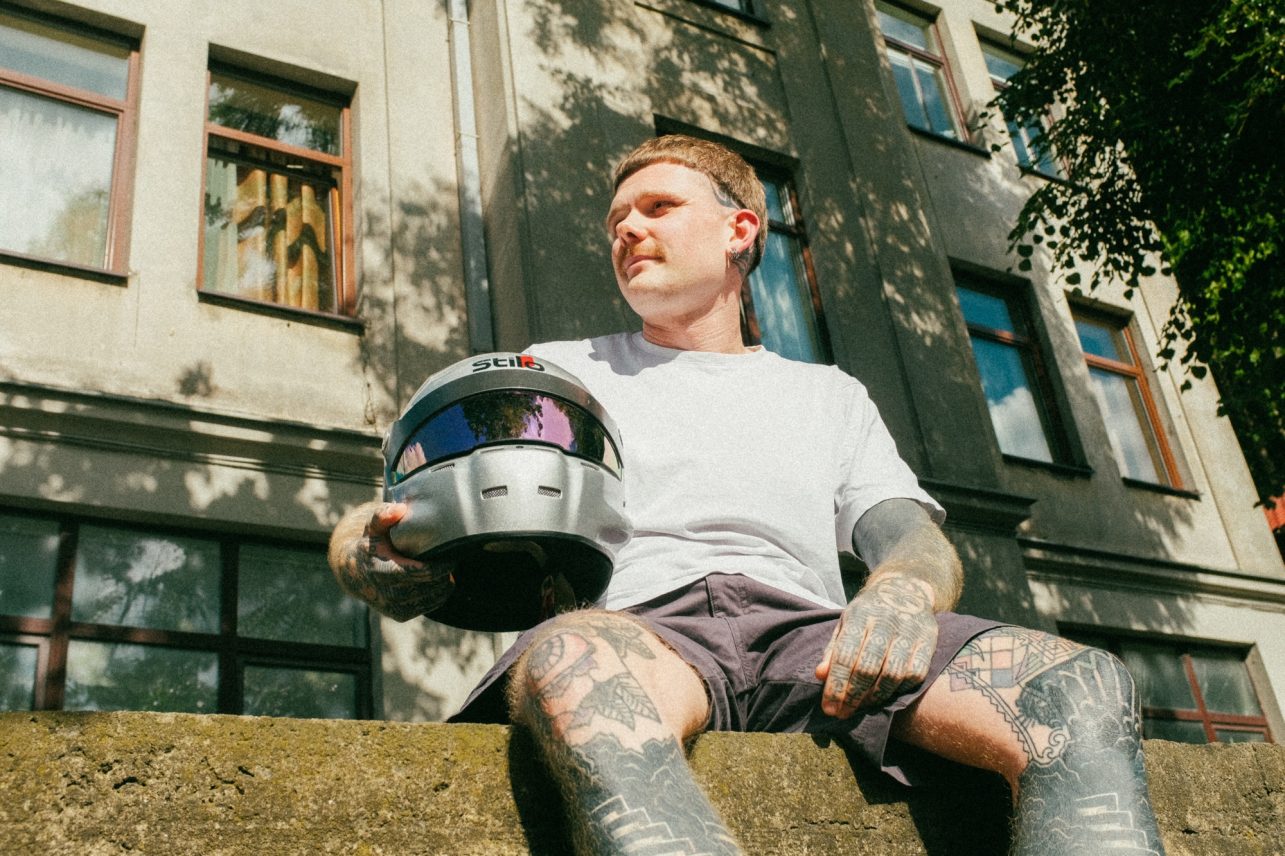
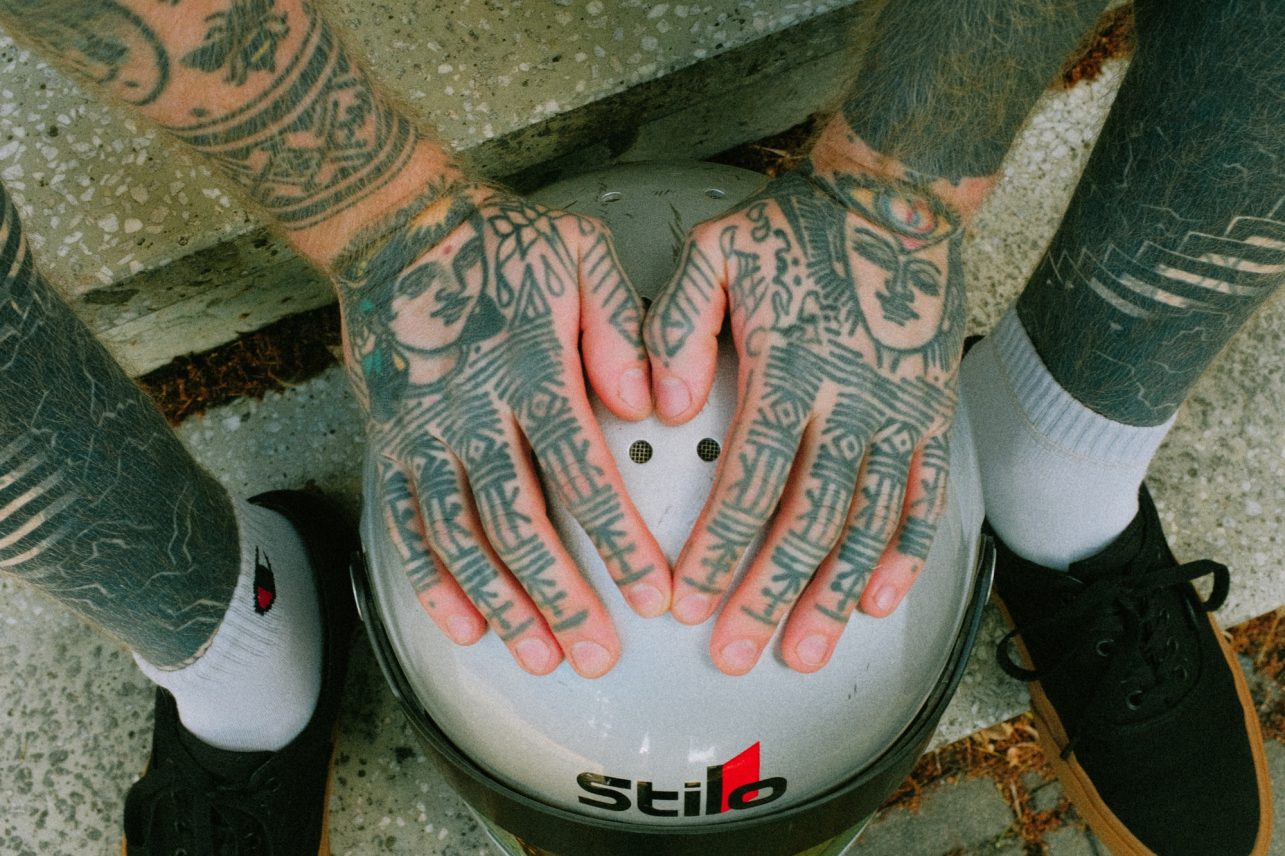
You repair your car yourself. How long does it take to prepare it for competitions?
There’s always not enough time; the preparation goes on until the last night. The season, which starts in the spring, ends at the end of September, and that’s when you allow yourself to rest and go somewhere because there are no summer vacations. Work in the tattoo studio, work in the garage, and on weekends – competitions… You start preparing for the new season in January, once all the worries of the past year are forgotten – you overhaul everything, inspect everything, and if nothing much needs to be done, you can get the car ready for the next season in about four months. I dedicate at least 3–4 hours a day to it, including weekends. It takes a lot of work and time.
Rallycross has several different categories/classes. How do they differ from each other?
The Yaris 1300 class is for beginners: teens aged 13 to 16. Lada RX is a relatively cheap class but has many limitations. You can buy a car for 5 thousand euros and, without having a big budget, drive it all season long. I often notice in competitions that people crash their cars, pick up a hammer, remove dents, and drive on. No one gets too angry if there is a more serious incident.
There is also the BMW 3000, a fairly uniform class, with engines up to 3.0 l. It is possible to add a 2.0 l engine, only then the weight will be lower. Everything is based on cubic capacity. The larger the cubic capacity, the greater the weight. Super 1600 class features European cars. it is more expensive than the 2.0 l, because the 1.6 l engine has practically the same power as the 2.0 l, but automatically the engine resource is twice as low. As far as I have talked with those who compete, they said that they change the engine every two races, as a preventive measure. They take it apart and then reassemble it. The engine costs 20 thousand euros; it’s quite expensive. And you can do whatever you want in my Super 2000, even put a Ford engine in an Opel. In this class, my 2.0-liter engine has been running for three years without requiring much change. Of course, other things can happen. For example, in 2018, I became the Lithuanian champion in the 1.6-liter class, which took me six years – putting everything together for my car to become champion-like. Then, in the last race, a valve spring fell out, the valve itself, and the engine fell apart like a clockwork mechanism. The champion-like engine ran at full speed for 24 hours until it broke down.
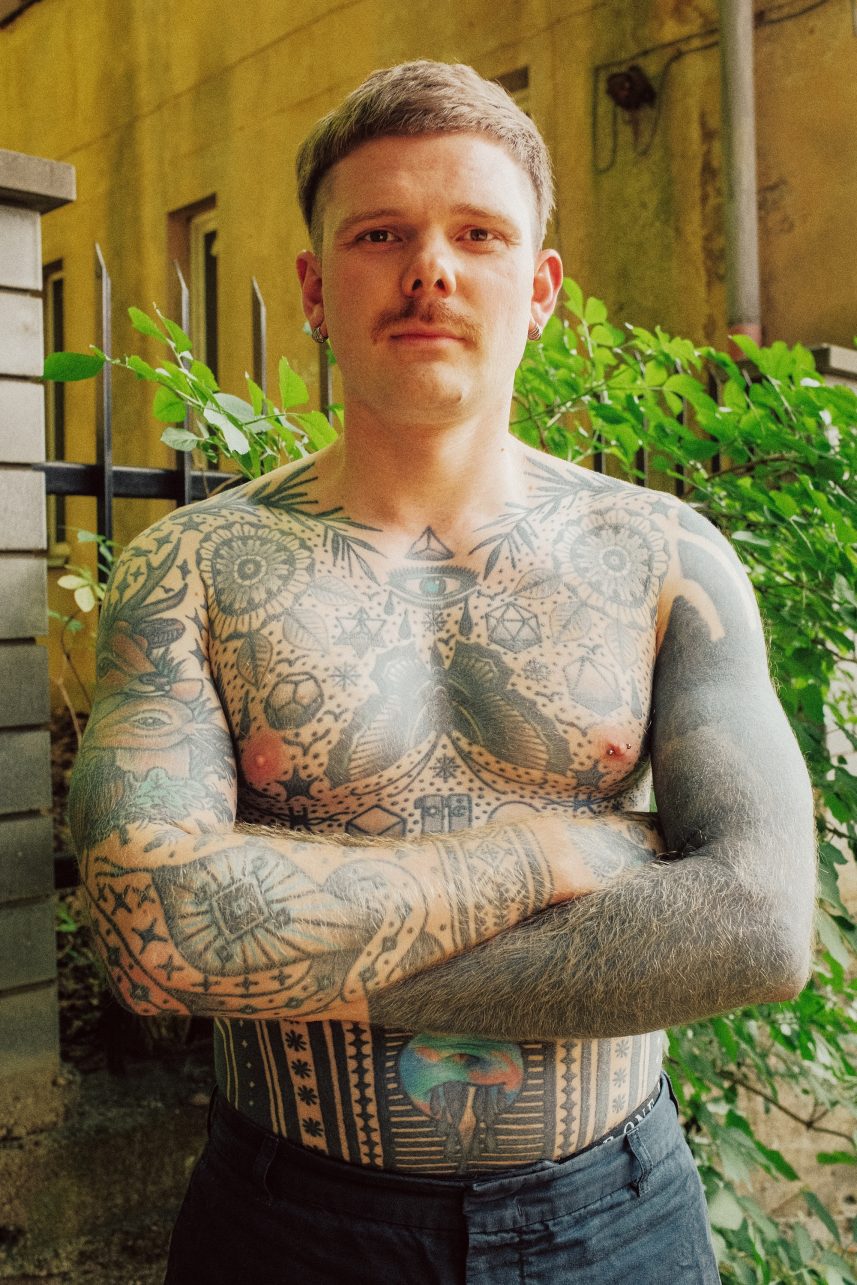
You mentioned that you had become a champion.
In Lithuania, yes. And the vice-champion in the Baltics. After that, we sold the old body to start something new. Now, something happens during every competition. Four years have passed, so finally the last competition was incident-free. In Lithuania, to be honest, there are not many places to test things out. Nemunas Ring is either being renovated or it is very difficult to get there. There is a track in Ukmergė, but there is no publicity there to be able to book it, go and try it out. This is a drawback of Lithuania. There is a track in Vilkyčiai where you can drive, but for me, it’s over 200 km one way, that’s 400 km to drive, break down, and return – it doesn’t make sense.
You are a member of Vilkyčiai Auto Racing Club. Why this particular club? After all, there are more of them in Lithuania.
Yes, there are many clubs. I have been driving for the Vilkyčiai club for a very long time, my father was a member, and I have not represented anyone else. If Lithuania organizes a championship and, let’s say, two rounds take place in Vilkyčiai, then I, as a team member, do not have to pay the entry fee and I save four hundred euros in two rounds.
What are the most important technical characteristics of a rallycross car?
Needs a lot of horsepower. If you want to compete, you must have 250 naturally aspirated engines. If it is less, you have to really outperform yourself to prove something. Then the sequential gearbox, because you need to change gears a lot since the track is short unlike in a rally or ring. In one drive, during four laps, you might have to change gears about 200 times, from first to sixth all the time. The third thing is shock absorbers. However, what’s the use if you have expensive shock absorbers but don’t know how to adjust them?
Do you adjust everything yourself?
Yes, I do. I drive a bit, test it out, and feel where I need to adjust, harden, or soften things.
How do you manage everything: tattooing people, sketching, preparing the car for competitions, and training?
At night. I’ve been told that “training harms craftsmanship.” Actually, I have set daily schedule, especially in the summer: I start working at the studio at noon, so I try to hit the gym before that. From 12 p.m. to 6 p.m., I tattoo, as I don’t take more than two clients a day during the summer. Then I have a quick meal and drive to the garage, where I stay until 9 p.m. After that, I return home, eat dinner, and draw. I draw until about two in the morning and go to sleep. It’s much easier when everything is planned out. But if the plan starts to fall apart, and I begin to get a little stressed, the most exhausting thing then is trying to complete everything and be in several places at once. If everything goes according to the daily plan, there is less time left for worthless thoughts about life and hanging out in bars. Of course, sometimes I burn out. Then I give myself a couple of days to rest and get back into the groove.

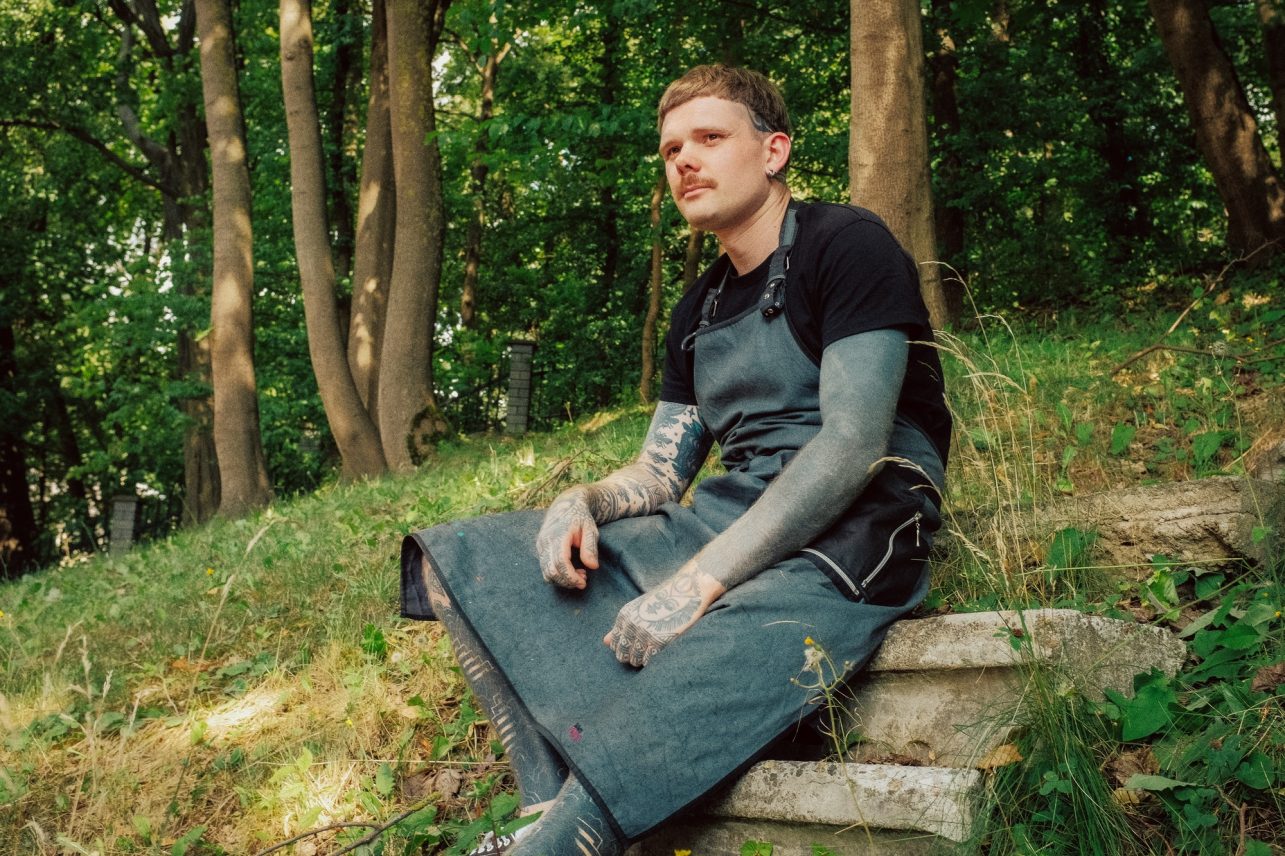
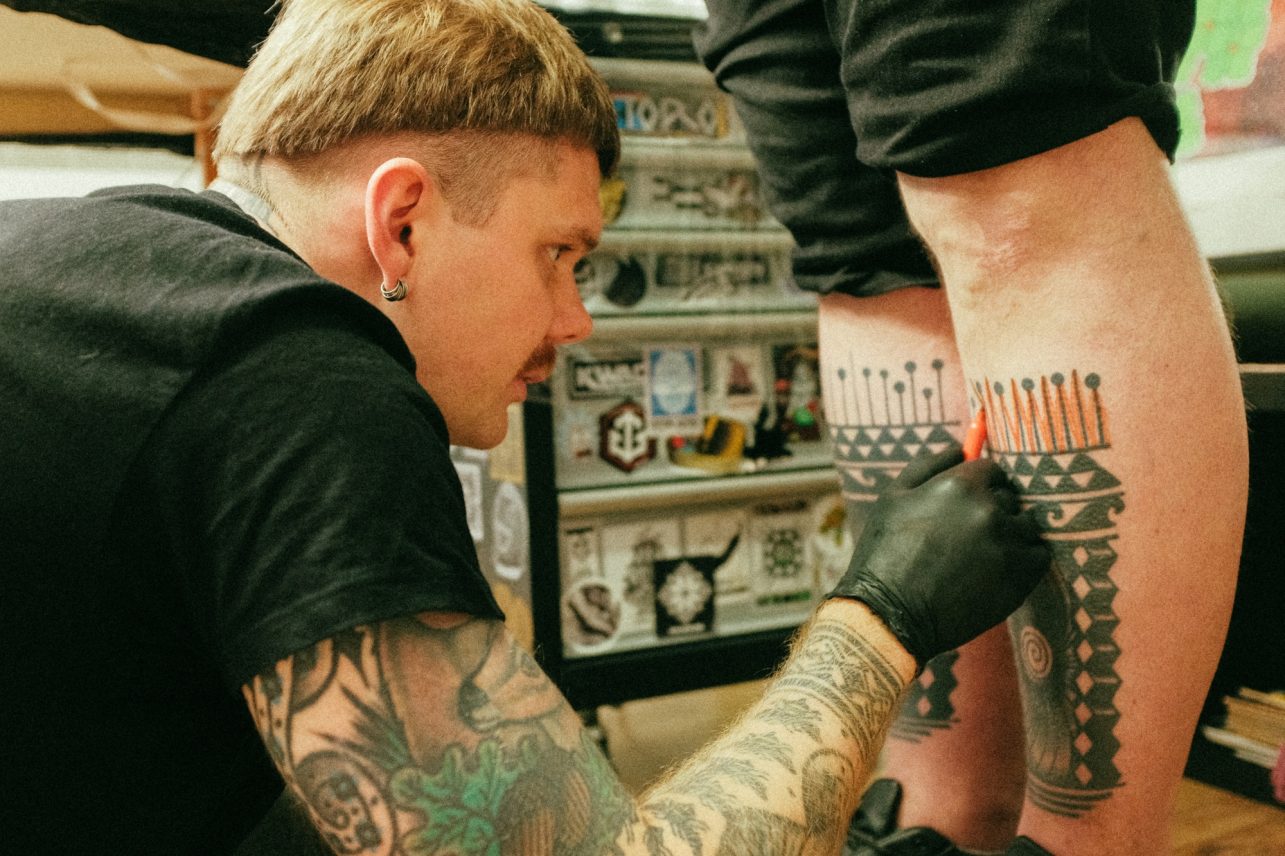
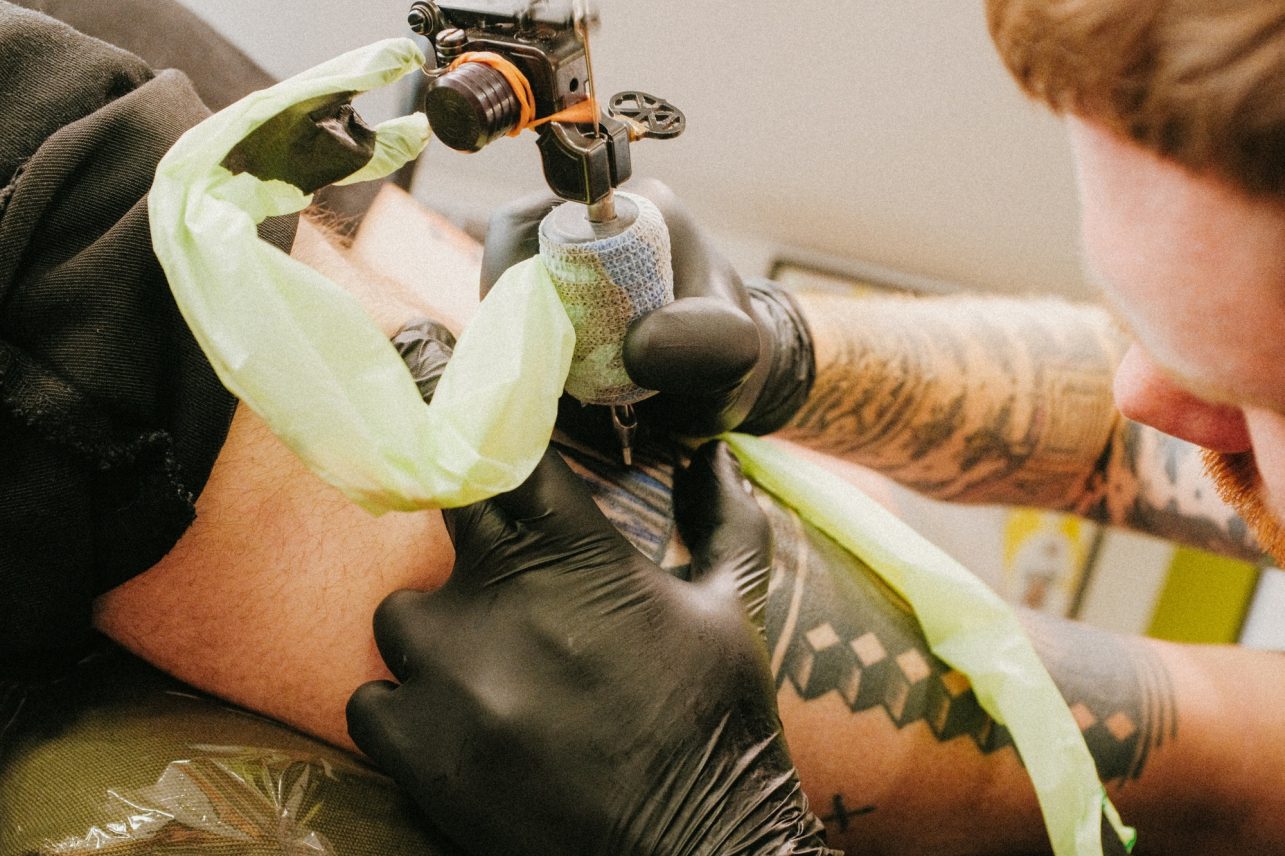
And how do you create drawings for a specific person? What do you need to know about them before taking the job?
There are all kinds of people, I’ll start with those who are not talkative, from whom information needs to be extracted sometimes it seems that I am interrogating. Whatever you ask or require of the person, whatever you show them, they will agree with everything. They are so neutral that sometimes I start to wonder if everything is really okay here because it seems that the drawing suits them, but they don’t show much emotion. Such people are still somewhat of a mystery to me. And some generate their own ideas – working with them is much easier. It is much clearer when the client explains in writing what they want in more detail. Sometimes you read it and already see that person’s fairytale in your mind’s eye. Then I try to convey that tale through my lens in an illustrative form. If a new person comes, I ask them to show at least three different examples of drawings they like and then we talk about what they like about them specifically.
Let’s go back to rallycross, what are your future plans in this area? Any plans to change the category?
There are no plans to change anything yet. I still want to finish putting this car together, to reach its full potential.
To be the first in the Baltic countries?
Yes, because I am very close, so I want to finish it. But it is such a relatively cheap and competitive class that it doesn’t matter if you arrive first or 5-6 – you get out of the car soaking wet and that hand tremor caused by adrenaline, which doesn’t ease up for 20 minutes, makes you feel more alive. So far, this class is very lively, everyone is fired up, and very competitive.


